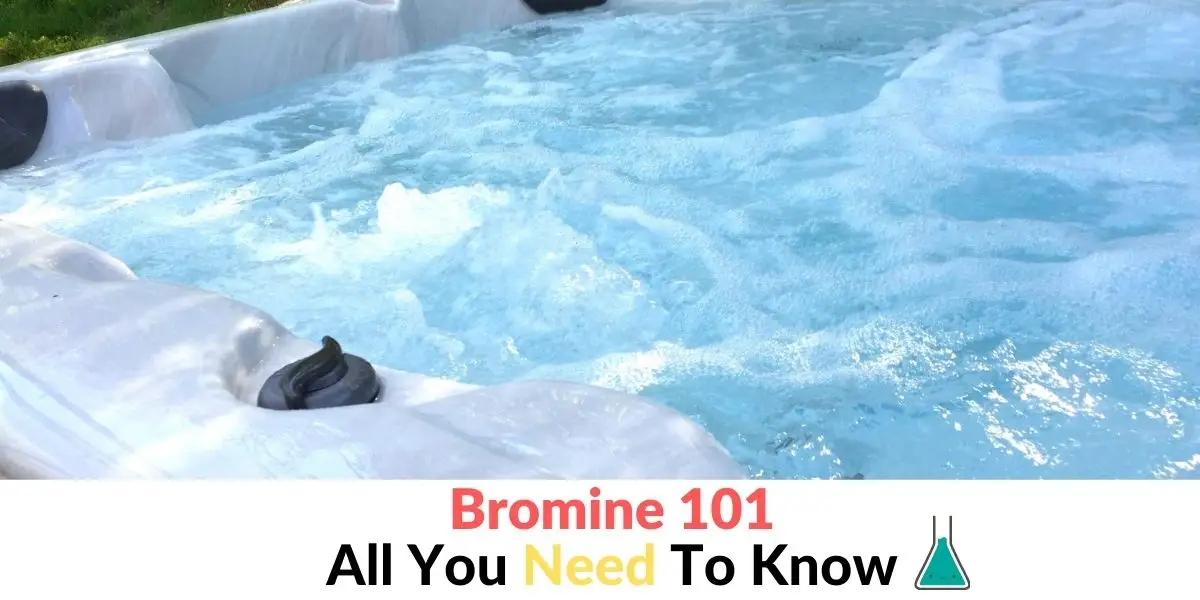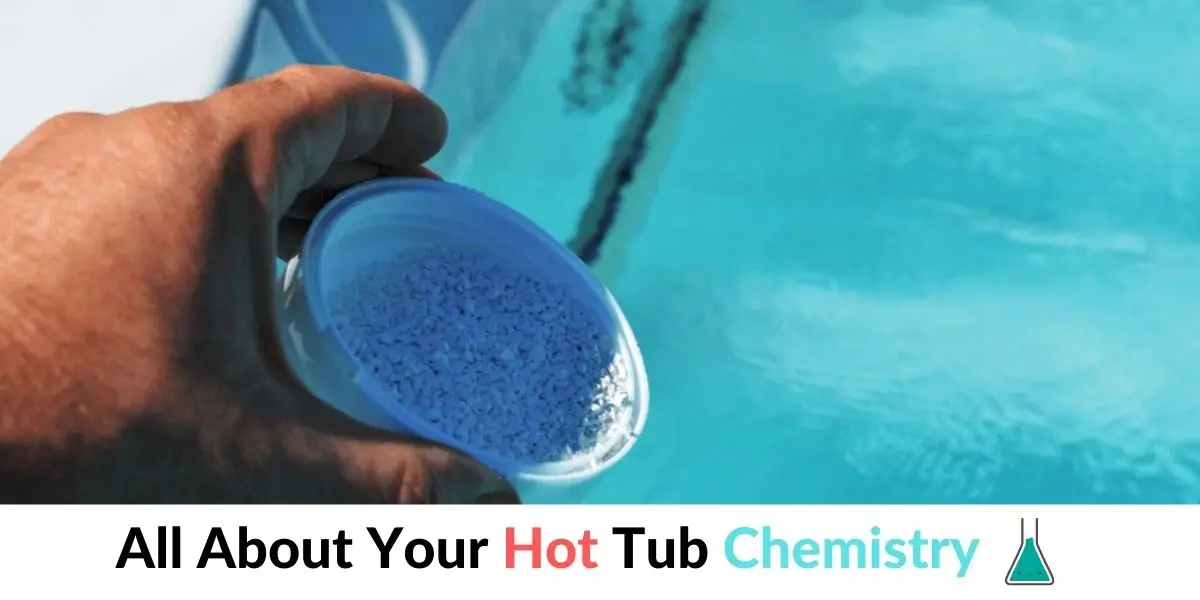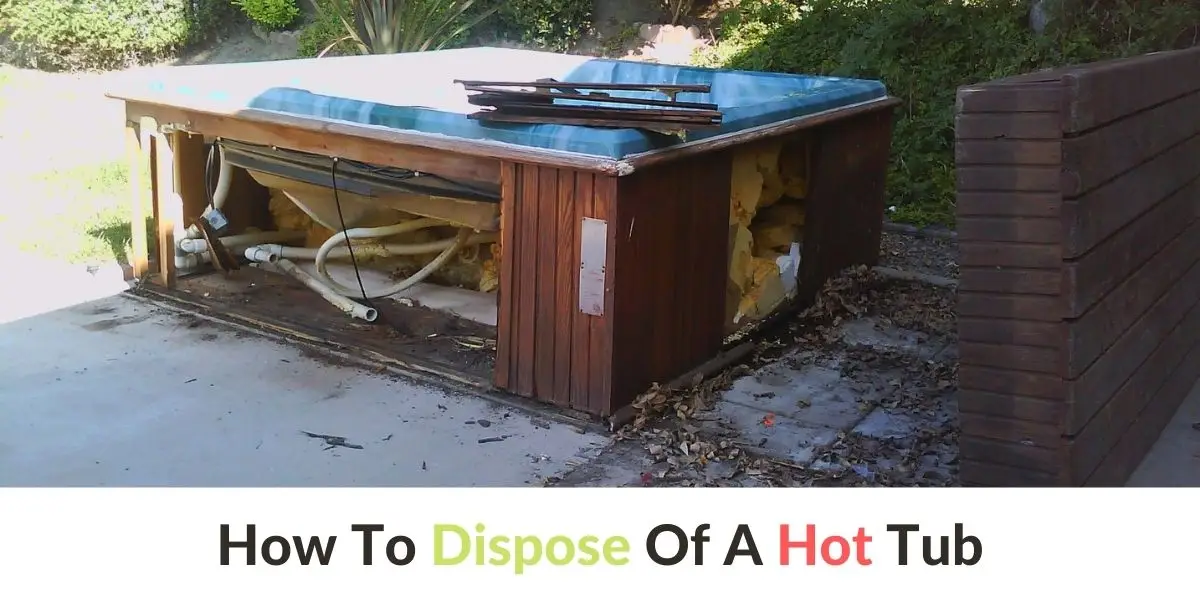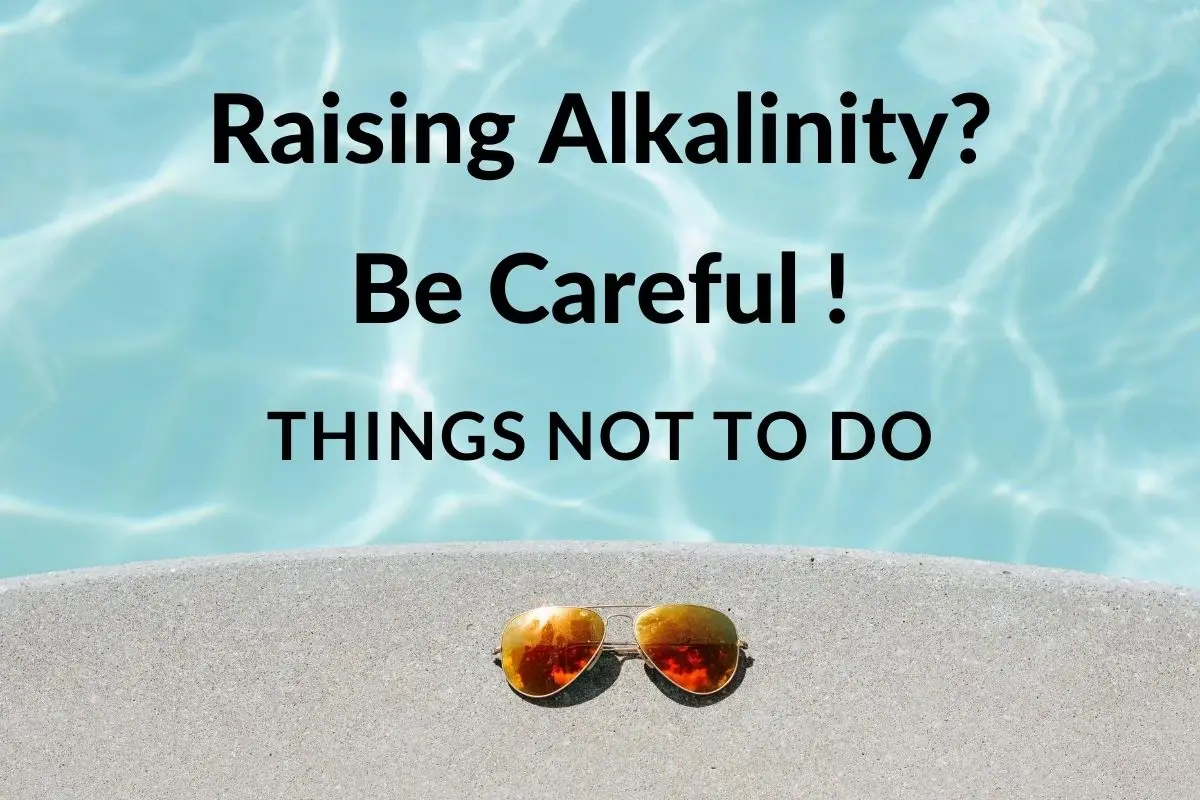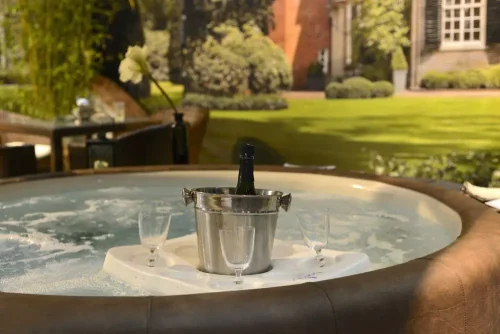All about Hot Tub Evaporation?
Hot Tub Water evaporation happens at its surface when it changes into a gaseous state. What’s more, the vaporization takes place at any temperature. But this process is much faster at the boiling point than at lower temperatures.
Hot water in a tub will also vaporize at the surface. The amount of vapor from the hot tub water depends on a few factors. The factors are the temperature of the hot tub water, the humidity of the surrounding atmosphere, and the frequency of use of the hot tub water.
If the tub water has a higher temperature reading, it will evaporate faster. The rate of evaporation will also increase if the humidity level in the atmosphere is low. During summer, the humidity level in the atmosphere is high.
But winter air has low humidity. Therefore, your hot tub water will evaporate faster in winter than in summer, especially if its temperature reading is higher. Assuming the hot tub water has a higher temperature in winter, it will evaporate quickly. Frequently using the hot tub water will speed up the evaporation further. But the question is by how much?
How Much Water Do Hot Tubs Lose?
If you frequently use hot tub water, you will notice that the water level keeps dropping after some time. Evaporation is one of the contributing factors. But that’s just one of the factors! Evaporation alone causes your hot tub to lose 1 inch of water in a week.
But the inches of water will increase if you frequently use the hot tub. Continually using your hot tub means uncovering it often. This exposes the hot water to evaporation agents such as the surrounding air, wind speed and heat.
Water leaks also cause significant water loss from hot tubs. Poorly sealed pipes are the major causes of leaks in hot tubs. PVC pipes may also burst in winter when the water inside freezes. This may also cause water leaks.
You can reduce or eliminate water leaks by sealing the pipes properly. You can also cover the hot tub water whenever the tub isn’t in use. But the reduction of water loss through evaporation will only be as good as the quality of your cover.
Does Hot Tub Water Evaporate in Summer?
Evaporation of water takes pl ace at any temperature. But the process is much faster at higher temperatures, as we have already mentioned. This means evaporation takes place all year round, even in summer.
During summer, the temperatures are higher. And this increases the rate of evaporation of water from a hot tub. Warmer air also has a high capacity to carry more vapor. This means warmer air holds more water vapor than colder air.
As such, you can expect your hot tub to lose a significant amount of water through evaporation. But a few other factors may affect the rate of evaporation. The factors include wind speed and the surface area of the hot water in the tub. If it’s windy and your tub exposes more water surfaces, the evaporation rate will definitely increase.
How Often do you Add Water to a Hot Tub?
There are a few reasons why you need to change the water in your hot tub periodically. First, this helps to keep the water clean, thus eliminating any water-borne illnesses. Second, changing the water in your hot tub keeps the water balanced, thus reducing possible corrosion of the hut and its components.
Besides, nobody wants to soak themselves in water that has overstayed in the tub! How frequently you should change water depends on the number of visitors to the tub, and number of uses. Hot tub manufacturers have simple math to help you know when to add water to your hot tub.
The method recommends dividing the tub’s capacity by the number of users each day. Then divide the value you get by three. The answer you get represents the number of days to use the water after which, you will have to replace the hot water in the tub.
If your tub has a 450-gallon capacity and three guests use it daily, divide 450 by 3 to get 150. Divide 150 further by three to get the number of days to use the hot water tub before replacing its water. In this case, you will replace the water after 50 days.
Why does the Water Level in my Hot Tub Keep Dropping?
The water level in your hot tub will keep dropping even if you don’t use the tub. Of course, evaporation is one of the contributing factors. But that’s not all that happens! A hot tub usually has a check valve that comes in handy to ensure water in the hot tub retains its level.
A check valve has a floater ball that allows water to flow in only one direction. When the pump is shut off, the check valve ensures water doesn’t flow back from the hot tub. But your check valve may malfunction if its parts have worn out.
Usually, it will need replacement if this is the case. The check valve should properly seal the pump and filters to prevent the flow back from the tub. If your tub keeps experiencing reduced water level, your check valve may have worn out and needs replacement. It might be ideal to contact a technician for repair works.
Can you Put too Much Water in a Hot Tub?
Overflowing your hot tub may cause damage to the areas around the hot tub. Besides, it will leave you with cleaning work to do. As such, you should avoid overflowing your hot tub. First, you will overflow your hot tub if you have more guests step in than the recommended capacity.
So, overcrowding the tub will definitely cause an overflow, which may cause damage to the area around the tub’s base. Overfilling the tub is another cause for overflow problems. Hot tubs have jets that fill them as need dictates.
You can always read the manual to find out the best water level for your hot tub. In case you can’t read the manual for some reason, be sure to fill the hot tub such that the water level is 1.5 inches above the highest water jet on the tub. This will prevent the overflowing problem, especially if you keep the number of guests within the recommended capacity.





